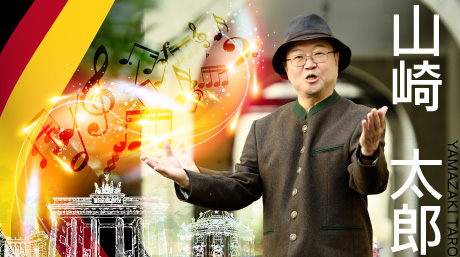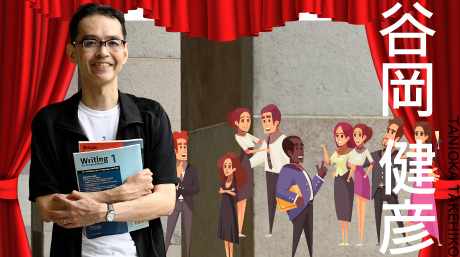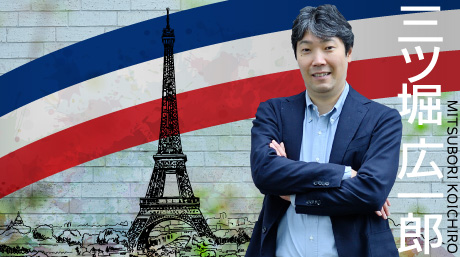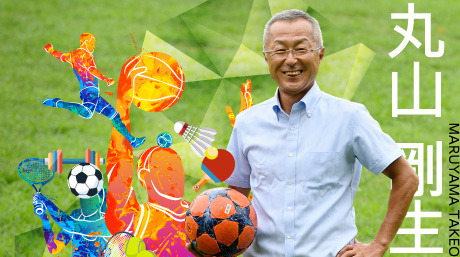Institute for Liberal Arts News
Creating a Learning Environment about Leadership
Professor Masao Murota, Educational Technology
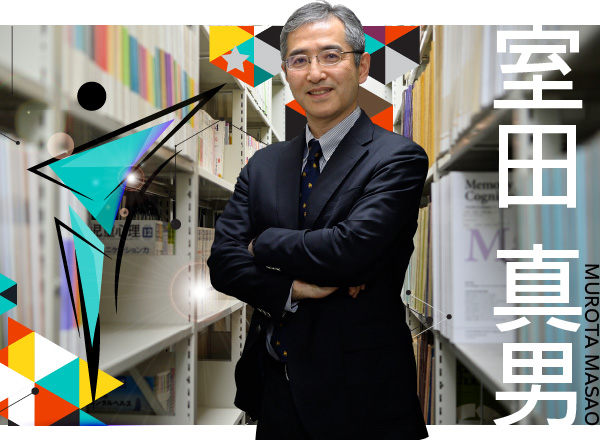
Effective use of ICT to design new learning
At Tokyo Tech I administer the course related to teacher education.
The foundation for my instruction is educational technology, which is also my specialization. This research domain approaches improvement to the educational environment from an engineering perspective. The thought process at the base of educational technology permits the usage of anything effective. For instance, computers and electronic whiteboards are readily recognized educational media, but actually the instructor and students themselves, as well as lighting and desks constitute parts of the media in an educational environment. In this context, the entire classroom is the subject of educational technology.
Today, we see the successive development and introduction of new media in education. Does this introduction of advanced, innovative media improve education? Not necessarily. We must design the exploitation and selection of media to enable learning objectives to be achieved.
New curriculum guidelines have emphasized proactive, interactive, and deep learning. “Information utilization skill” was positioned as one of the capabilities or skills at the foundation for learning. Bi-directional, active learning that leverages ICT (information and communication technology) equipment is called for.
In my teaching courses, the goals are to absorb educational methods that utilize ICT and other new technology, and to examine methodologies for developing capabilities and skills needed in future society where informatization will continue to advance.
Through simulated classroom instruction settings, I let students research how to actually implement proactive, interactive, and deep learning in a classroom equipped with electronic whiteboard and enough tablet computers for each pupil. The simulated instruction assigns students in the role of the teacher in front of students playing the role of pupils. The students take the initiative here. The classroom media are freely available for executing the instruction according to the teaching student’s planned curriculum. Through feedback from the students acting as pupils, the simulated instruction is challenged to improve further.
Although our students are accustomed to, and familiar with computers, their effective usage in simulated instruction is not so easy. Previous experience with ICT equipment has no bearing on dramatically improved teaching skill or more efficient learning. In practice, extended preparation time for the instruction and trouble with the equipment are frequent challenges.
The simulated instruction class is designed to enable learning that includes these difficulties. Introduction of ICT equipment does not change the situation dramatically. Some students conclude that conventional instruction by writing textbook content on the whiteboard is easier and sufficient for delivering knowledge. Then I ask for further probing. Can students who must navigate a complicated and diverse future society be developed through one-way education of delivering knowledge? My hope, consequently, is the development of teachers who acquire the instructional skills to effectively leverage ICT and continually strive for self-improvement by taking on new challenges.
Engineering mindset improves the setting
Attraction of educational technology as research field
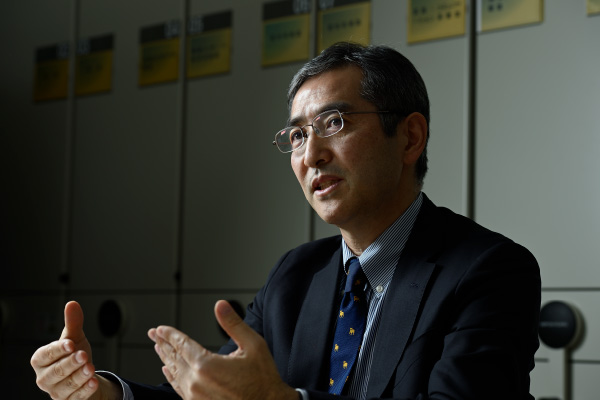
Educational technology is literally a fusion of elements taken from both education and engineering. My personal background is engineering. My research theme as a Tokyo Tech student studying electrical and electronic engineering was the SAW (Surface Acoustic Wave) device, which also led to my Ph.D. At the time, however, I sensed great potential in the Internet, which at that time had just been introduced to the university. After some soul-searching my specialization shifted, and after leaving graduate school I embarked on network research at an electronics equipment manufacturer.
The yet-unknown Internet gradually began to permeate society, and I could foresee that educational settings would need this technology. In a fortunate turn of events, I had the opportunity to return to university, where I started serious research on educational technology. My mission was to research the Internet environment for school education.
My mentor during graduate school was Professor Yasutaka Shimizu (now Professor Emeritus), who held three fields of specialization: SAW devices, radio wave absorbers, and educational technology. Thus, I was somewhat familiar with educational technology in my student days. My dedicated research began only in 1997, however, after returning to my alma mater and starting to teach. My energetic engineering mind, I realized, was most suited to this field of educational technology, with a hands-on principle that permits the usage of anything effective.
Research accomplishments to date include the Firefox add-on program Scrapbook that supports learning through searching, checking and acquiring Web pages as desired; an audience response system in a PowerPoint add-on format for easy introduction to classes; and an autonomous learning support system for enhancing skills of athletes in a coach-less environment.
Research is conducted jointly with students in the lab, but research themes are decided on the basis of the student’s interest as a general rule. The research activities start after joining the lab and are entirely different studies from previous university life. Research is never easy, but the pleasure of working on a challenge in your preferred field essentially has no substitute. Difficulties are frequent, but can be overcome in a preferred chosen field, I believe. Educational technology covers a vast field, which enables discovery of a theme closely aligned to your own interests. The research themes in my laboratory are consequently on a very broad spectrum.
I take the described approach on the basis of my own experience. Only after joining a laboratory in my fourth undergraduate year, I discovered the joy of learning at Tokyo Tech. Taking on an uncharted research theme and discovering the answers with my own efforts gave me true pleasure. I hope my students can discover something they really enjoy doing and press ahead along their themes as far as they can.
Learning Community develops
wide spectrum of leadership
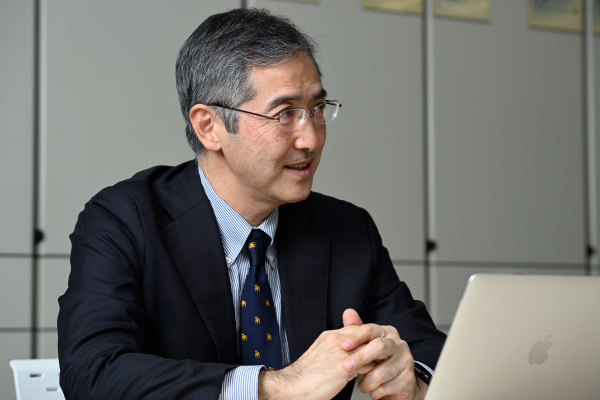
An additional passion aside from my own research is leadership education. Among the educational reforms at Tokyo Tech aiming for development of talent equipped with outstanding specialization and leadership, I have been associated with the Institute for Liberal Arts (ILA) since its beginnings. I serve as Executive Committee Chair of the Learning Community: GSA (Graduate Student Assistant) Program, in which ILA takes charge of implementation under sponsorship by the Center for Innovative Teaching and Learning.
Over the years, Tokyo Tech students have been praised for their excellence in specialization, but few seemed to evince leadership, and teamwork capabilities were lacking. In addition, contemporary advancements of our knowledge society called for development of adaptive experts, rather than education limited to development of routine experts. To address these perspectives and to develop adaptive experts, communication and collaboration skills must be acquired in addition to specialization for the capacity to work cooperatively in teams. For these reasons, the ILA emphasizes learning through dialogue.
In paving the way forward in an unpredictable future, “vision” is vital. The program to establish one’s vision through group communication is the required course for new students, Tokyo Tech Visionary Project.
In order to organically link between learning through dialogue and learning to develop one’s vision, the “Learning Community” program was kicked off to enable graduate students to support the learning of undergraduate students. The Core Liberal Arts Education courses in graduate school consist of the basic GSA course Leadership Workshop, Peer Review Practicum to support undergraduate Liberal Arts Final Report writing, and Advanced Leadership Workshop for facilitation of Visionary Project. This arrangement where graduate students support the learning of undergraduate students enables the presentment of role models to junior students and ties into the learning behavior of the graduate students themselves.
Many students at Tokyo Tech apparently feel inadequate to serve as leaders. The leadership that current times require, however, is not charisma, but the skill to leverage your personal capacity for the benefit of the team. I want to develop experts through the GSA Program with such diverse, colorful leadership.
Liberal arts provide a bridge to society, and
strength for living to people pursuing specialization
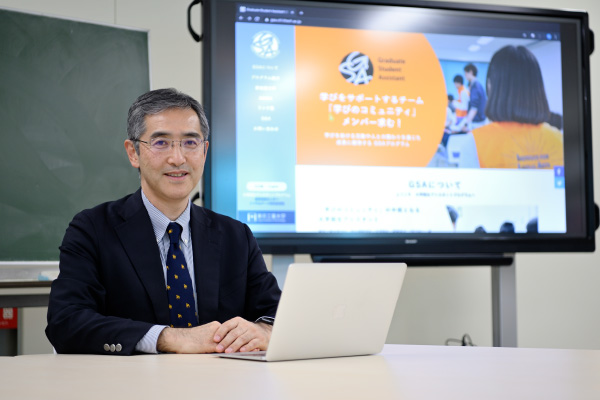
In a nutshell, I consider liberal arts as a bridge between specialization and the real world. The academic discipline provides skills, abilities, and approaches to be acquired for applying one’s specialized knowledge and technology to society. It is a foundation for researchers and engineers in fulfilling a lifetime career, “strength for living,” one might say.
The teaching courses under my instruction bring students headed toward a teaching career, together with those aspiring to be researchers and engineers. When an expert pursues a specific field of research and assumes a teaching career to apply that specialization among people, that choice has social significance, including the genuine telling of why science is interesting.
First, each student must have their specialization. Fortunately, the options for research at Tokyo Tech are immense, and the environment is ready for dedication to that choice. I would be happy if Tokyo Tech provides the same joy, fulfillment, and excitement through research that I personally experienced as a student.
![]()
Professor Masao Murota
Research field: Educational Technology
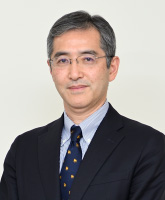
Graduated from Department of Physical Electronics Engineering, Faculty of Engineering, Tokyo Institute of Technology in 1986. Completed doctoral program of Department of Electrical and Electronic Engineering at Graduate School of Science and Engineering, Tokyo Institute of Technology in 1991. Employed for six years at Toshiba Corporate Research and Development Center starting in 1991. Assistant Professor, Department of Human System Science at Graduate School of Decision Science and Technology, Tokyo Institute of Technology from 1997. Visiting Fellow, Oregon State University (July-Nov 2011); Visiting Lecturer, University of Jyväskylä (Aug 2011, Finland); Professor, Department of Human System Science at Graduate School of Decision Science and Technology, Tokyo Institute of Technology (2012); current position since April 2016 engaged in research and teaching of educational technology. At ILA, additional efforts in leadership development recognized as Executive Committee Chair of GSA Program. Coach/Advisor of Tokyo Institute of Technology Soccer Team. Memberships include Japan Society for Educational Technology; Institute of Electronics, Information, and Communications Engineers (IEICE); Japanese Society for Information and Systems in Education; Japan Association for College and University Education; Institute of Electrical and Electronics Engineers, Association for Computing Machinery. Recipient of IEICE Information and Systems Society Distinguished Achievement and Contributions Award in 2011.
Related Works
-
(Manual for learning design)
1 Published in Japanese

